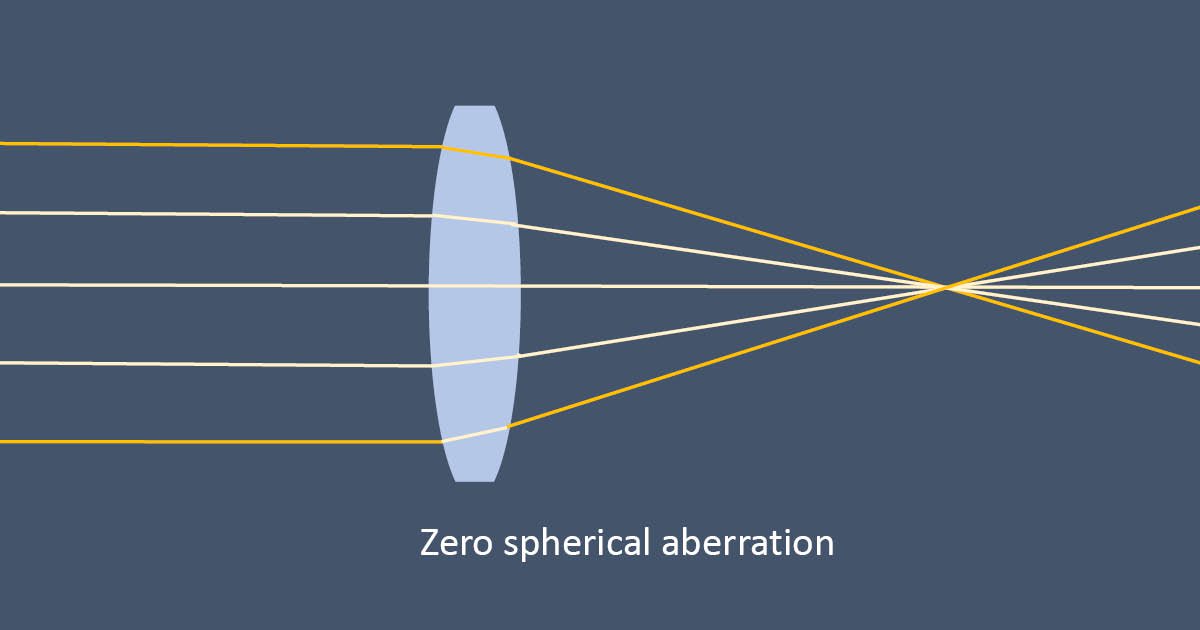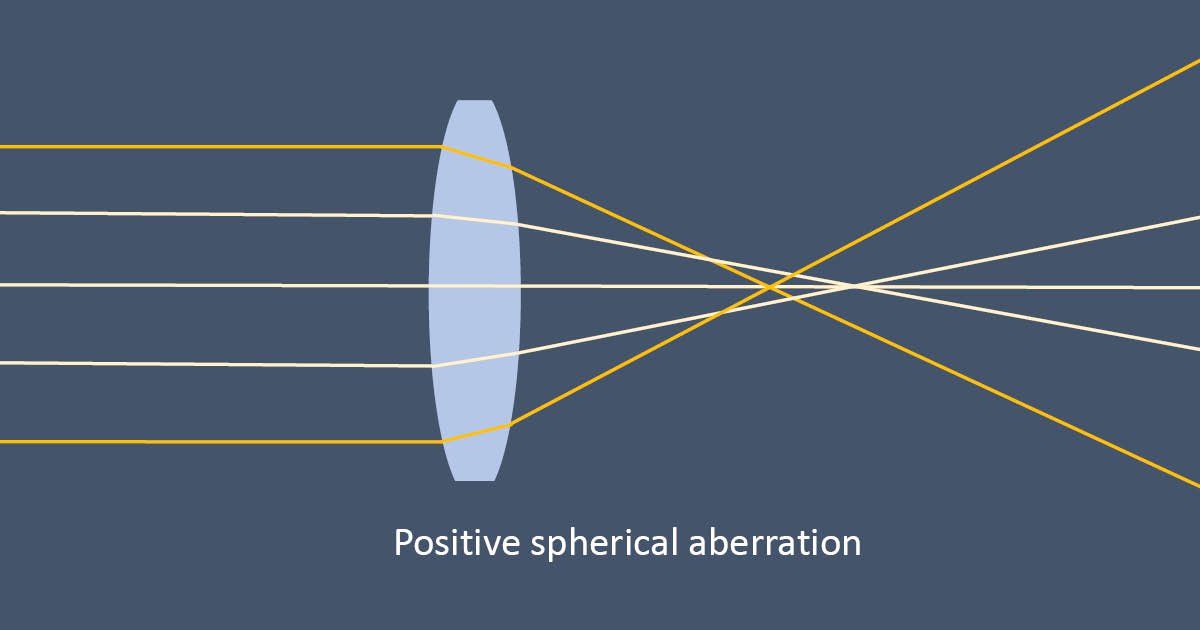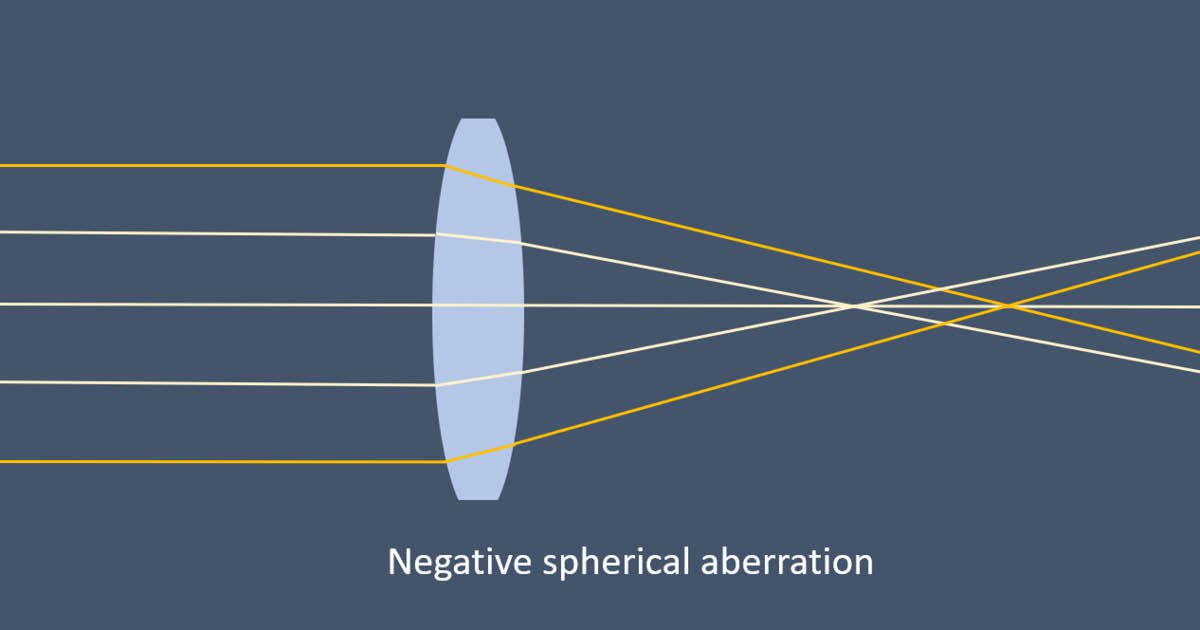BLOG: All you need to know about IOLs and spherical aberration
After sphere and cylinder, the most important determinant of visual acuity is spherical aberration.
Higher-order aberrations (HOAs) contribute up to 10% of the blur of the average eye, and spherical aberration (SA) is the most visually significant HOA. SA causes night myopia, halos around light sources and mesopic glare problems, especially after myopic LASIK.

We generally ignore SA when refracting, but recently it has been intentionally counteracted or even manipulated by manufacturers of IOLs. The Tecnis Eyhance IOL (Johnson & Johnson Vision) and the RayOne EMV IOL (Rayner) are currently preeminent products in this category.
As a significant factor in our patients’ visual systems — and as an increasingly important part of IOL strategy and marketing — SA is worth understanding.
Positive vs. negative SA
An optical system with zero SA would focus all light rays, whether peripheral or paracentral, to the same point. Positive SA designates a lens that refracts peripheral rays more strongly than paracentral rays, whereas negative SA produces peripheral rays that are bent less than the paracentral rays.
SA is measured as the physical distance between far and near focal points, and it produces a halo or blur around the paraxial image. (SA is the error that was accidentally left in the prime mirror of the Hubble Space Telescope at launch, eventually costing NASA a $630 million repair bill.)

In humans, the average cornea does not have a zero SA. The average human corneal SA is approximately + 0.27 µm, but this is compensated for by a negative SA in the crystalline lens of approximately the same amount (Wang L, et al).
With the removal of lens during cataract surgery, the eye is left with an unopposed average positive SA. To minimize SA after surgery, many IOL manufacturers began to mold IOLs with between 0.20 µm and 0.27 µm of negative SA.
‘Monofocal plus’ IOLs
In the past several years however, some of the most interesting IOLs have gone beyond merely correcting for SA and are intentionally using it to achieve modest increases in depth of field. These have become known as “monofocal plus” IOLs since they mostly function as monofocal IOLs, but with a slightly increased depth of focus. Because they are not true multifocal IOLs, patients cannot be charged extra for them.
All optical manipulations have trade-offs: Increasing SA does not produce a noticeable drop in acuity but does slightly degrade contrast sensitivity. The increased depth of field is small — between 0.25 D and 0.50 D — and is just enough to provide a small improvement at intermediate distances. “Monofocal plus” IOLs gain a small increase in intermediate vision, at the cost of a small decline in contrast sensitivity.

Importantly, these effects are all minimal and would be dwarfed by the effect of significant spherical or cylindrical ametropia. In addition, because SA is produced by the difference between peripheral and paracentral keratometry, its effect declines with smaller pupils. For practical purposes, it contributes almost nothing to total aberrometry once the pupil constricts to 3 mm or smaller.
Nevertheless, SA can be a significant component of your patients’ vision, and we are already seeing more IOLs that claim to take advantage of its powers.

Reference:
Kuhn-Wilken is a staff optometrist at Pacific Cataract and Laser Institute’s Tualatin Clinic in Oregon.
Collapse
